Supporting Disaster Preparedness in Indigenous Communities
Indigenous Peoples are disproportionately affected by disasters like floods and wildfires. As weather patterns shift and annual disaster seasons become the norm, the effects of climate change on Indigenous communities in Canada are becoming more severe.
In 2023, over 30,000 members of Métis, Inuit, and First Nations communities were displaced by disasters, which accounted for 16 percent of the total number of people who experienced evacuations that year.
Rural and isolated indigenous communities face the greatest risk of experiencing disasters and the most significant barriers to effective recovery. Many interconnected systemic factors—including the lasting legacy of colonialism, a present-day lack of access to essential resources and services, and barriers to autonomy and self-governance—have a deep impact on communities’ ability to prepare for and recover from disasters.
To move the needle, Indigenous communities require more funding and support tailored to meet their specific needs. Disaster preparedness planning, response, and recovery best-practices must be adapted to better serve Indigenous Peoples.
Planning for and dealing with large-scale disasters often requires Indigenous communities to collaborate with non-Indigenous municipalities, government agencies, humanitarian aid providers, and consultants.
In this piece, we’ll discuss just a few of the things these parties need to keep in mind to improve the way they engage with Indigenous communities, including:
- How colonialism and marginalization have shaped the current barriers that Indigenous communities face in emergency management
- The importance of centering the authority of Chief and Council and listening to community voices in the strategy and planning process
- The need to facilitate Indigenous-led culturally-safe spaces for community members to feel comfortable sharing their perspective

Understanding the Historical, Cultural, and Systemic Contexts of Disasters in Indigenous Communities
Overlooking the historical context in which disasters happen leads to poor planning and inadequate provision of response and recovery services. This can have—and has had—dire consequences for the wellbeing and cohesion of Indigenous communities in the wake of disasters.
Indigenous Peoples have inhabited Turtle Island, the land we now know as Canada, since time immemorial. Through colonialism, Indigenous Peoples were forcibly displaced from their traditional lands, separated from their communities and culture through the residential school system, and prevented from continuing their way of life and participating in their spiritual practices.
The colonial attempt to assimilate Indigenous Peoples and erase their culture has had a significant, and persistent psychological effect at both the individual and community levels. Displacement and marginalization has also led to economic, political, and institutional inequalities.
Rural and isolated Indigenous communities are less likely to have up-to-date infrastructure and lower access to services like fire rescue. For example, Inuit and First Nations people are over 10 times more likely to die in a fire because of a lack of standardized building fire code mandates, poor-quality housing, reduced access to fire department services, and limited funding for and education around smoke alarms.
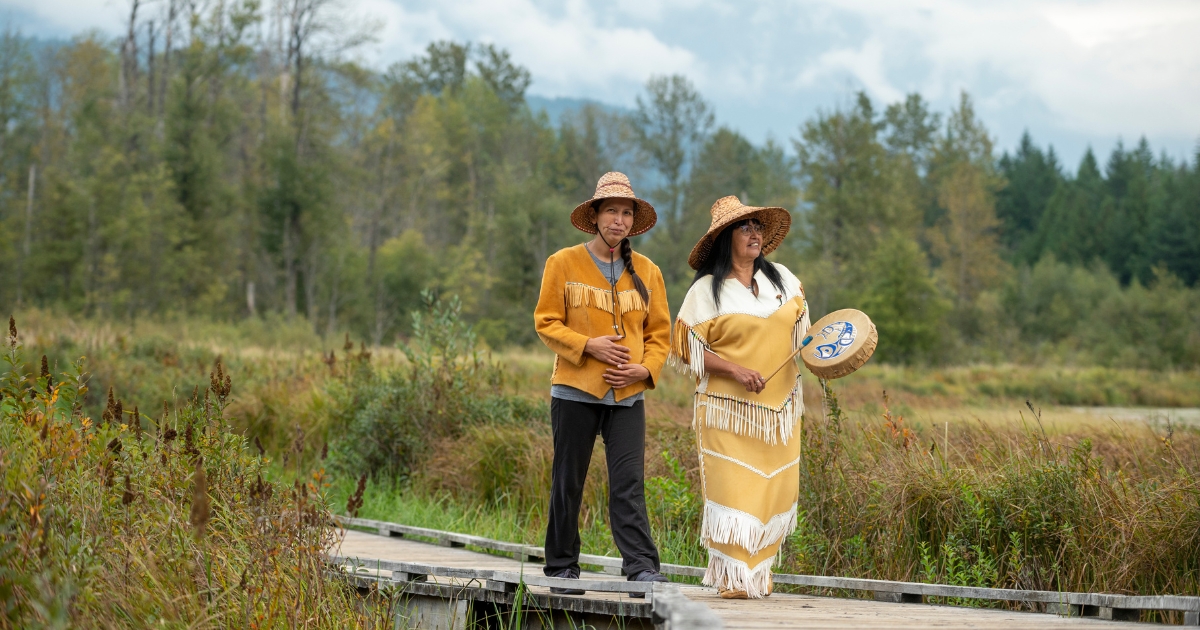
Acknowledging Strengths and Vulnerabilities in Present-Day Indigenous Communities
In spite of the efforts of colonialism and current systems that marginalize their needs and way of life, Indigenous Peoples have continued to work to maintain their traditions, language, and rich heritage.
Indigenous communities have longstanding cultural and spiritual relationships to the land. Many communities also depend on the land for food, medicine, and other essential resources like firewood and building materials.
In 2017, Statistics Canada surveys revealed that 65% of Inuit, 35% of Métis, and 33% of First Nations living off reserve engaged in harvesting activities like hunting, fishing, and trapping, as well as gathering wild plants and berries. Harvesting is not only an important way to maintain cultural identity and cohesion; it’s also a way for remote communities to increase food security and provide for their people.
The effects of climate change on Indigenous communities, such as habitat loss in hunting grounds, pose a real threat to Indigenous livelihoods and ways of life. When disaster strikes, it can disrupt rural and isolated Indigenous communities’ access to food and the ability to be self-sufficient, further disrupting the ways of life they have fought to maintain.
Disaster can also have a profound social and psychological effect on community members. This must be addressed in the recovery process to ensure community cohesion and cultural continuity—the ability to continue to pass traditions down through generations.
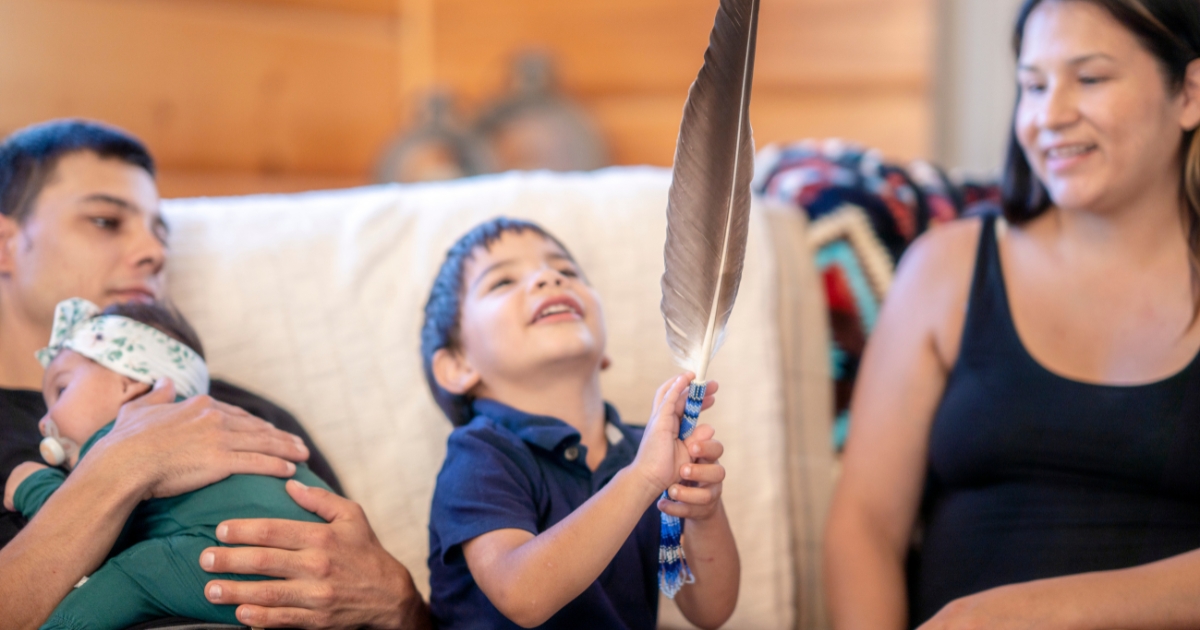
Putting Indigenous Voices at the Forefront of Disaster Preparedness Planning
Cultural continuity and self-determination are essential for resilience in rural and isolated Indigenous communities. Prioritizing these critical elements of community health means that disaster preparedness, response, and recovery efforts must be directly informed and shaped by the community and their traditional knowledge.
Just one way the emergency management sector can better support Indigenous community resilience is to ensure that the authority of Chief and Council and the voices of the community are centred throughout planning and implementation.
Rather than using a command and control approach, Indigenous leaders and community members should be regarded as experts on the local area and the community’s psychological, infrastructural, and economic needs. They should have space to share their experiences, perspectives, and traditional knowledge in a psychologically and culturally-safe space, set up on the community’s terms, in the format that makes the most sense for them.

Creating Culturally-Safe Spaces for Dialogue and Collaboration
Every Indigenous community is unique. Cultural safety looks different for every group. One example of establishing cultural safety is the approach that the Dancing Deer Disaster Recovery Centre (DDDRC) took to providing disaster recovery support for the members of the Siksika Nation in Alberta after the 2013 floods.
The DDDRC team included Siksika professionals, youth, and a Siksika Elder. In the wake of the floods, they offered on-site services directly within the temporary housing where Sikisika community members were living and made those services available in the Blackfoot language. The team also made house calls to check in on community members and listen to their needs and concerns, which was a more familiar, culturally-safe, and effective way to liaise with the community.
This approach helped increase trust and made it easier for the DDDRC to support the vulnerable members of their community, including those living with disabilities or chronic illnesses and the elderly.
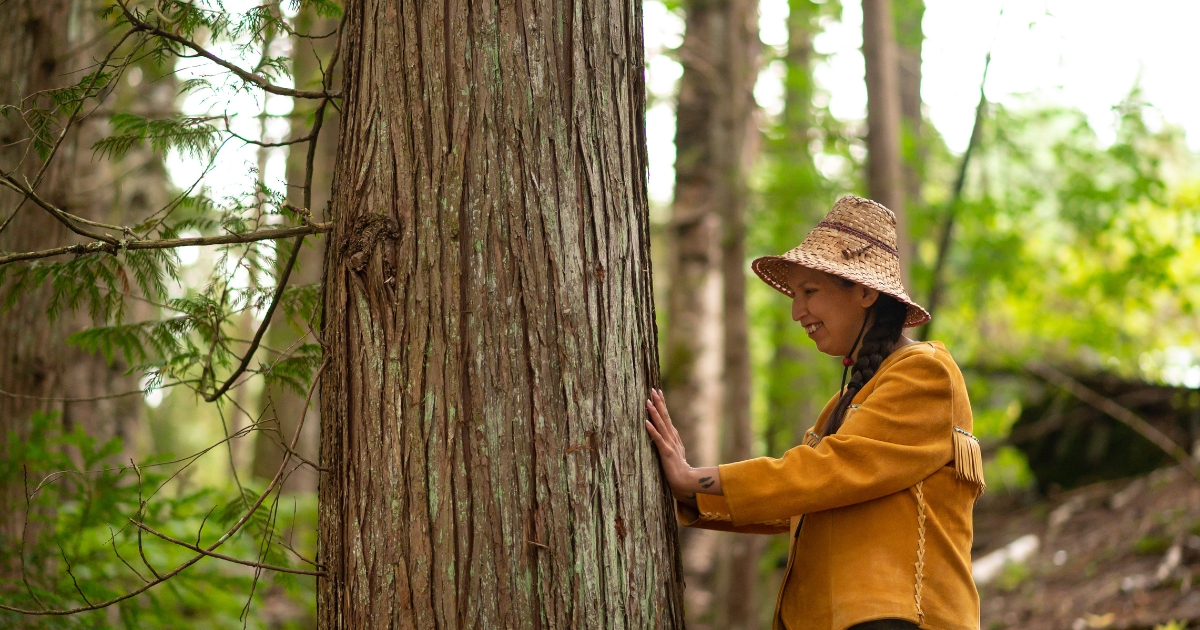
Through this culturally safe and human-centred approach, community members felt comfortable highlighting gaps that needed to be addressed in the recovery plan. One of these gaps was a lack of support for the community’s children who were grappling with post-traumatic stress disorder (PTSD) and the detrimental emotional impact of being unable to return home.
When this issue was brought to the surface, the DDDRC established creative, cultural activities for children and youth to help them reconnect and process what had happened.
External emergency management teams and consultants can improve the way we serve rural and isolated Indigenous communities by facilitating tailored community engagement and building community feedback into strategies and plans. They can also help ensure that Indigenous communities secure funding to create groups like the DDDRC that employ community members who have invaluable expertise and lived experience.
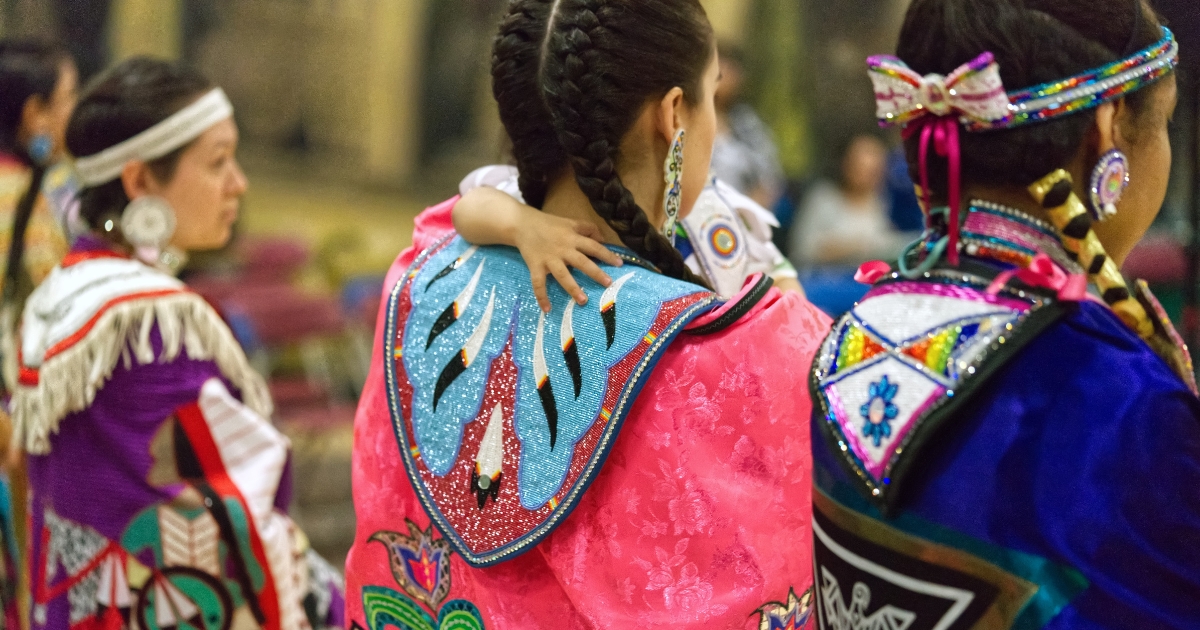
Tailoring Disaster Preparedness and Recovery Planning to Meet Every Community’s Needs
The effects of climate change on Indigenous communities are likely to continue to have long-lasting impacts. Non-Indigenous parties in the emergency management sector will need to step up to provide the support Indigenous communities need to weather the disasters that are becoming increasingly frequent in the places they call home.
Every community has individual needs and there is no one-size-fits-all solution for disaster preparedness and recovery planning. Leaders and emergency managers must tailor their strategies and approaches to ensure that communities can get ready, stay ready, and be resilient in the face of disasters.
Learn more about supporting diverse communities through disaster
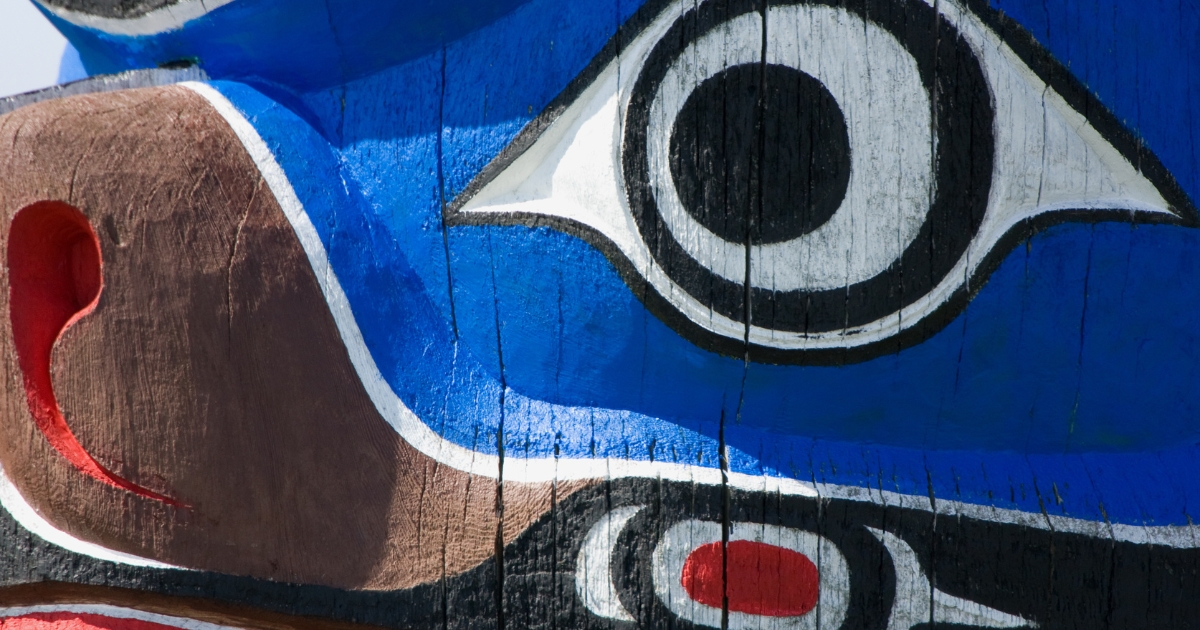
RIC Blogs
What Now? Mastering Your Community’s Disaster Recovery Plan
Disasters have a deep, lasting impact on individuals and their communities. An effective plan that incorporates all components of disaster recovery considers the weeks, months, and years after the initial emergency has occurred. Disasters damage infrastructure and...










